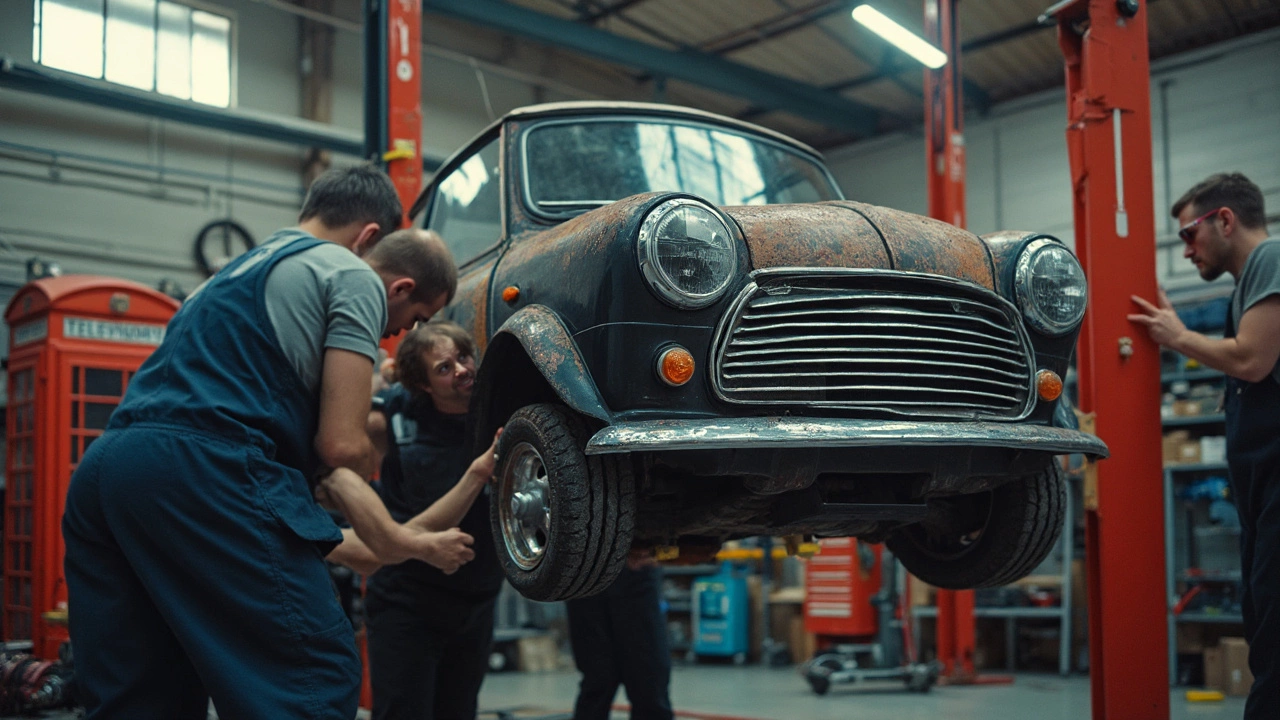Replacement: What It Means for Your Vehicle
When working with replacement, the process of removing a worn component and fitting a new one to restore proper function. Also known as part swapping, it is a core part of vehicle upkeep. Replacement encompasses the identification of a failing piece, the choice of a suitable substitute, and the actual installation. Clutch kit, a set of components that transmit engine power to the drivetrain is a perfect example: when the clutch disc or pressure plate wears out, swapping the whole kit brings the car back to its original torque transfer capability. The act of replacement requires the right tools, safety precautions, and often a bit of know‑how, but the payoff is a smoother drive and avoided drivetrain damage. Understanding these basics helps you decide whether a DIY job or a professional service is the smarter route.
Key Parts That Frequently Need Replacement
Among the most common wear items are Brake pads, friction blocks that press against rotors to slow the vehicle. Their condition directly influences stopping distance, so swapping them at the first sign of thinning prevents safety hazards. Another critical component is the Spark plug, the device that ignites the air‑fuel mixture in each cylinder. A fresh spark plug improves combustion efficiency, fuel economy, and reduces emissions; neglecting it can lead to misfires and costly engine wear. Then there’s the Radiator, the heat exchanger that keeps the engine from overheating. A failing radiator lets coolant leak or lose pressure, which can cause the engine to run hot and eventually seize. Each of these parts shares a common thread: they wear out over time, and timely replacement keeps the vehicle reliable, safe, and economical.
By pulling together the signs, costs, and step‑by‑step advice for these and other components, the articles below give you a complete toolbox for handling replacement decisions. Whether you’re tracking clutch mileage, checking brake pad thickness, testing spark plug health, or inspecting radiator pressure, you’ll find practical tips that match everyday driving conditions. Dive into the guides to see how a little knowledge can save you time, money, and a lot of hassle on the road ahead.

How Long Does It Take to Change a Fuel Pump?
Mar 2 2025 / Fuel PumpsReplacing a fuel pump might seem like a daunting task, but understanding the process and time involved can make it more approachable. The time it takes to remove and replace a fuel pump varies based on car make, model, and accessibility of the pump. Factors such as whether it's located inside or outside the fuel tank play a huge role. On average, the job can take anywhere from a few hours to a full day. Knowing the tools you'll need and the basic steps can help you tackle this repair more confidently.
VIEW MORE
Brake Pads Cost: How Much to Expect for New Ones
Feb 24 2025 / Brake PadsBrake pads are crucial for car safety, and knowing the cost of replacing them can help you budget better for maintenance. Prices vary based on car type, brake pad quality, and service choice. This article explores current price ranges and shares tips to save money without compromising safety. Understanding these costs can ensure you make informed decisions for your vehicle's upkeep.
VIEW MORE